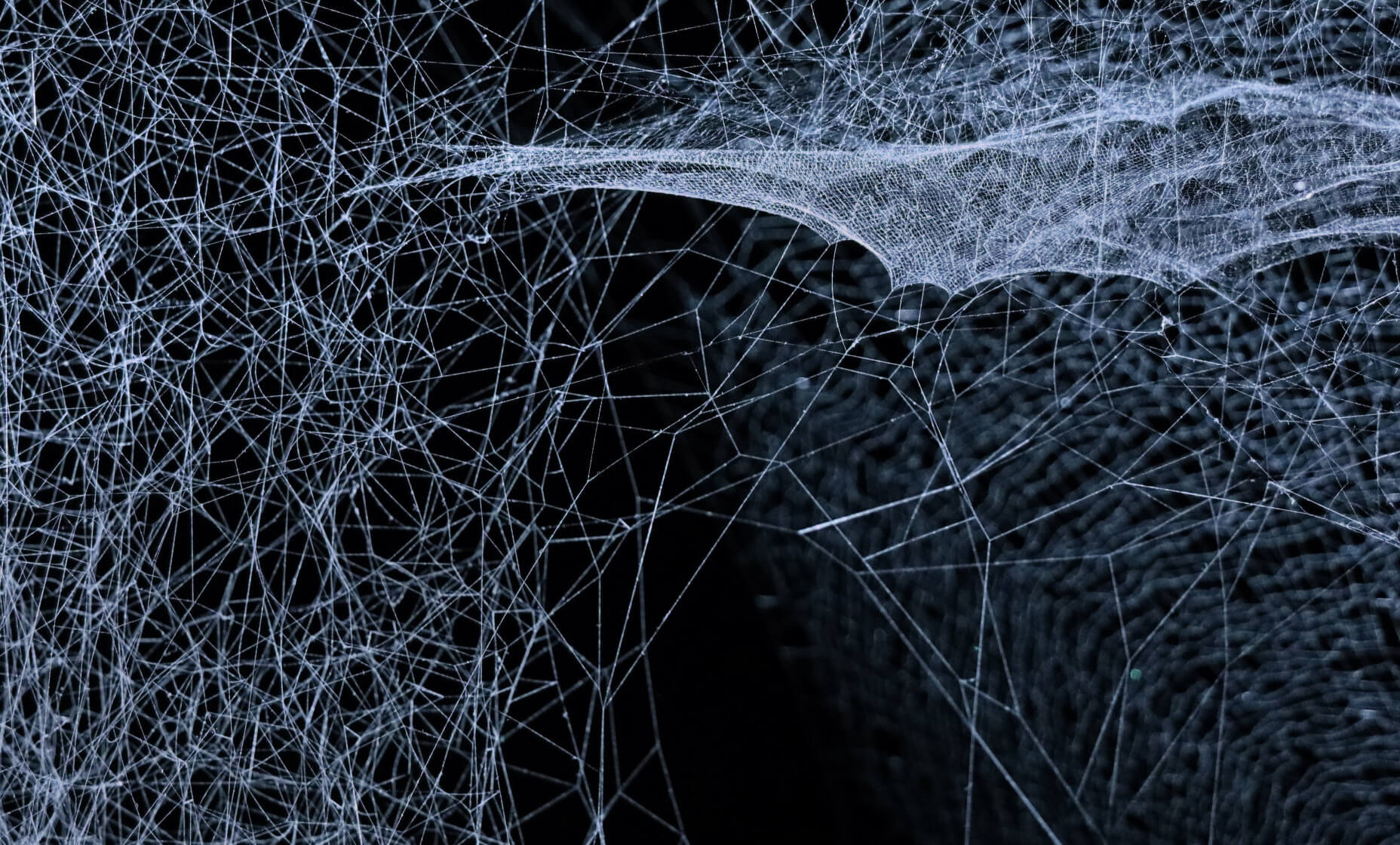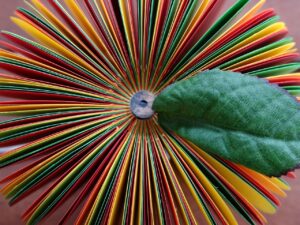Concept Mapping
"Concepting mapping can be a powerful strategy for learning but it needs to be well-orchestrated."

What is it?
Concept Mapping is an instructional strategy to visually show the relationships between and among different concepts. Students systematically break down and categorize concepts, ideas or topics using circles, boxes, connecting lines, labelled arrows, etc. Essentially a concept map is a graphical representation of information and knowledge.
Concept maps are often used as a brainstorming technique to generate ideas and provide a visual break down of complicated and complex concepts. They are especially useful to anyone who needs to structure knowledge because they provide a method to understand how different concepts can be related and affect each other.
Skills Promoted
- Knowledge organization
- Knowledge integration
- Relational reasoning
Who's using it?
SALTISE community members who use this strategy and are willing to share advice and/or resources.
| Institution | Discipline | Instructor | Classroom settings |
|---|---|---|---|
|
Dawson College Level: College |
Applied Arts - Design History |
Versatile Classroom Classroom size: 30-40 |
|
|
John Abbott College Level: College |
Physics |
Traditional/Active learning classroom Classroom size: 30-40 |
|
|
Dawson College Level: College |
Social Sciences |
Lecture room/Active Learning Classroom Classroom size: 30-40 |
| Institution |
Dawson College Level: College |
John Abbott College Level: College |
Dawson College Level: College |
|---|---|---|---|
| Discipline |
Applied Arts - Design History |
Physics |
Social Sciences |
| Instructor | |||
| Classroom settings |
Versatile Classroom Classroom size: 30-40 |
Traditional/Active learning classroom Classroom size: 30-40 |
Lecture room/Active Learning Classroom Classroom size: 30-40 |
Why use it?
Concept mapping helps to elicit my students’ thinking and relationships between concepts and ideas. In the most successful cases, concept mapping when used as a strategy with groups, the tasks involved helps to generate deep and meaningful conversations among students. When used for a specific learning objective, concept mapping works well when there are some constraints on the nodes and the relational links. Specifically, try to limit the number of concepts (nodes) and ask students to elaborate on their relational links.
Kevin Lenton (Vanier College)
While it is a strategy that can be used for individual learning, its benefits are most effective for collaborative work but this needs to be well defined. Specifically, concept mapping can become a trivial task if concepts are not well defined. And, when done in groups, students need to be encouraged to engage in such a way that no one person takes over. Both of these are challenging.
Kevin Lenton (Vanier College)
Ready to try it out?
STEP 1: Instructor provides students with clear instructions on the principles and guidelines for concept mapping.
STEP 2: Instructor provides students with a topic, question or problem to base their concept maps on. Concept maps may be based on (a) a singular question, (b) a single concept, (c) multiple concepts to compare and contrast, or (d) an explicit list of concepts and/or sources to be incorporated.
STEP 3: Students, individually or in groups, identify (or are provided) the key components of their concept map; they discuss relationships between components and the meaning of the links (e.g., are they causal).
STEP 4: Students (peer to peer, group to group, group to class), compare, contrast and justify their concept maps (i.e., the relationships and selection of concepts, if applicable).
STEP 5: Students/groups of students annotate and peer review their colleagues’ concept maps, making suggestions for alterations/improvements.
STEP 6: Individually or in groups, students analyze their existing concept maps, adding, organizing and linking additional materials.
STEP 7: Instructor reviews student concept maps, providing feedback on ways to improve the map.

Strategy Workflow
Helpful resources
Tech Tools
References
Jackson, K. M. and Trochim, W. M. K. (2002). Concept mapping as an alternative approach for the analysis of open-ended survey responses. Organizational Research, Cornell University..
Nesbit, J. C. and Adesope, O. O. (2006). Learning with concept and knowledge maps: A meta-analysis. Review of Educational Research, SAGE Publications.
Kinchin, M., Hay, D. B. and Adams, A. (2000). How a qualitative approach to concept map analysis can be used to aid learning by illustrating patterns of conceptual development. Educational Research, Taylor & Francis..
West, D. C., Pomeroy, J. R., Park, J. K. and Gerstenberger, E. A. (2000). Critical thinking in graduate medical education: A role for concept mapping assessment?. The Jama Network.
Videos
Classroom Assessment Technique: Concept Maps – Dr. Karen Rohrbauck Stout, Center for Instructional Innovation and Assessment, Western Washington University
Concept Mapping for Learning, Reflection, and Evaluation – Professor Josephine McMurray (Health Studies and Gerontology) University of Waterloo
To Learn More
For more reading resources check out Articles and Books





